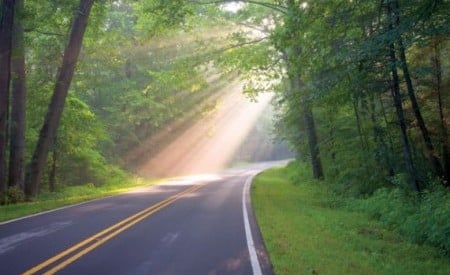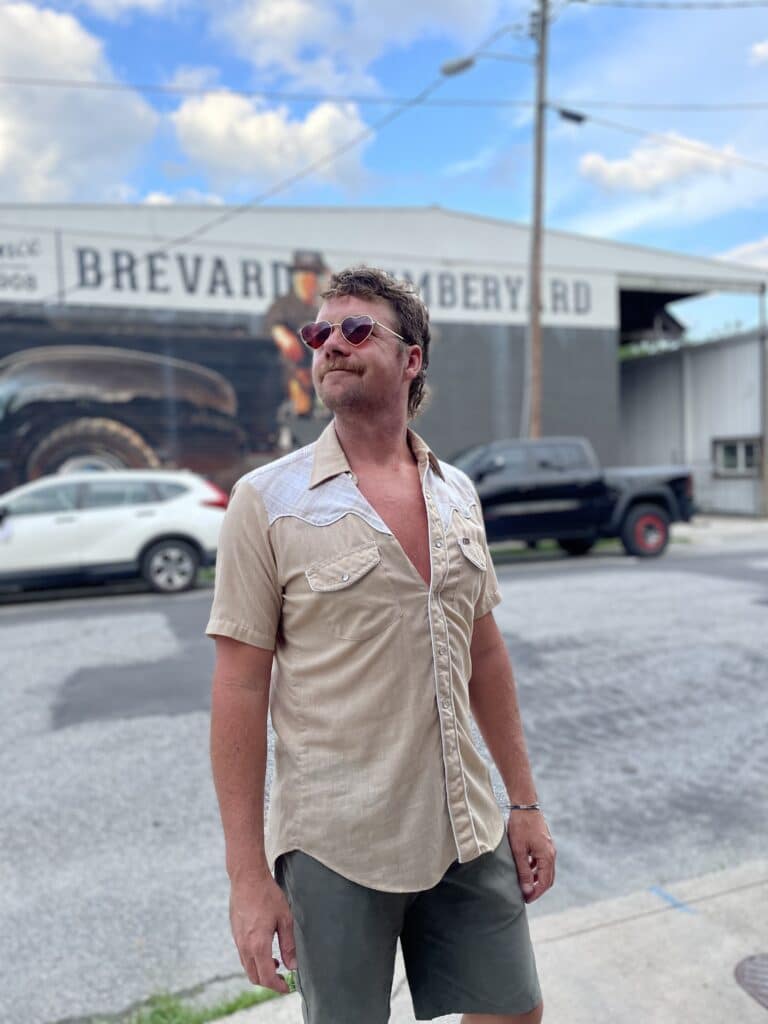The Blue Ridge Parkway has drawn visitors to the mountains since construction began under President Franklin D. Roosevelt. Now, after nearly 80 years, conflicting visions for the route’s future have sparked debate over how generations to come will enjoy the country’s most visited national park unit.
Last fall, the National Park Service released a draft of the general management plan that will guide the parkway for the next 25 years. The draft outlined three different options for the parkway’s future – two that would change management practices and one that wouldn’t.
The park service’s preferred option describes the parkway as a “traditional, self-contained scenic recreational driving experience.” It also seeks to enhance connections with surrounding communities and expand outdoor activities.
“The preferred alternative focuses on managing the parkway as it has always been managed,” said Blue Ridge Parkway Community Planner Dawn Godwin. “It allows for some changes, but there won’t be any wholesale change in the parkway.”
But some outdoor enthusiasts and residents who want the parkway to embrace more human-powered activities and connections with local communities say the park service’s preferred option is the wrong choice.
Cycling was the most contentious issue, Godwin said.
The Virginia Bicycling Federation argued that “motorized vehicles should not be the only way promoted to experience the Blue Ridge Parkway.” They urged citizens to ask the parkway to “promote bicycling, walking and other non-motorized forms of transportation as an integral part of the Parkway’s mission.”
The park service has been responsive to community comments, Godwin said. “We decided…to make sure the plan is clear we won’t prohibit uses that currently exist.”
The management plan also allows for developing new trails and connecting old ones to communities along the parkway, Godwin said.
Some parkway enthusiasts worry that rising gas prices and waning youth interest could relegate the parkway to a relic enjoyed only by elderly vacationers.
Visitors to the parkway have dropped by one-third in the past decade, down to 15.3 million last year. Only 12 percent of last year’s parkway visitors were children.
“The sun may be setting on the driving experience as recreation,” said Anne Whisnant, author of Super Scenic Motorway: A Blue Ridge Park History. Instead of driving, Whisnant said, the park should emphasize connections with towns and outdoor opportunity.
But Blue Ridge Parkway Superintendent Phil Francis said he thinks these challenges can be met.
“If the economy does well and people are able to earn a respectable living, I don’t know how much of an effect gas prices will have on tourism,” Francis said.
The parkway is a relatively cheap vacation. The park doesn’t charge a fee for use. According to Francis, the biggest challenge is continuing to care for resources along the parkway despite a declining staff and budget.
“Partner groups and local communities are essential to the parkway’s future,” he said.








